Convyor Belt
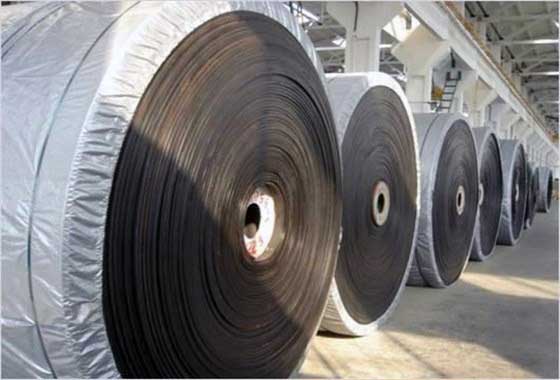
Conveyor Belt Introduction
Conveyor belts, are rubber, fiber, metal composite products, or plastic and fabric composite products used for belt conveyors to carry and transport materials. Belt conveyors are widely used in agriculture, industrial and mining enterprises, and transportation industries to transport various solid block and powder materials or finished products. It can be conveyed continuously, at high speed and at a large inclination angle, with safe operation and convenient use. , easy maintenance, low freight, shorten transportation distance, reduce engineering cost, save manpower and material resources.
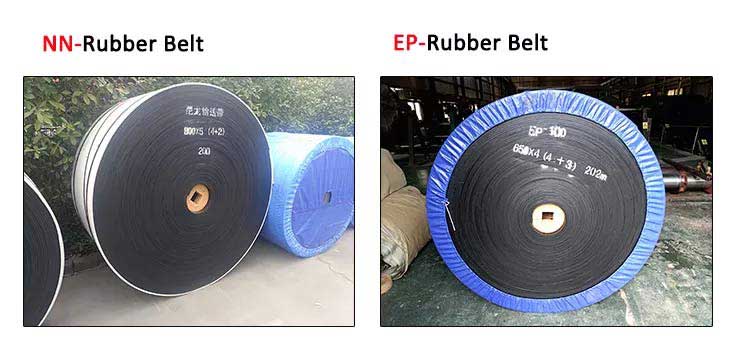
Compare of EP and NN Conveyor Belt
Nylon conveyor belt ep refers to nylon conveyor belt made of polyester. This product has good elasticity, impact resistance, and good elasticity. It has certain impact resistance performance and can be used in various environments. It is corrosion-resistant and light in weight. Good groove. Nylon conveyor belt NN conveyor belt should be thinner and softer than EP conveyor belt. Generally, the method of burning is used to judge what material it is. On the surface, there seems to be roughly no difference. The nn conveyor belt is made of polyester canvas, which reduces the transmission rate, lowers the temperature used, and has strong corrosion resistance and heat resistance.
Conveyor Belt Types
- general used conveyor belt
- .entire core flame retardant conveyor belt
- heat/cold resistant conveyor belt
- abrasion resistant conveyor belt
- oil resistant conveyor belt
- chemical resistant conveyor belt
- polyester(EP) core conveyor belt
- .nylon(NN) core conveyor belt
- corrugated sidewall conveyor belt
- cotton canvas(CC) conveyor belt
- circular/endless conveyor belt
- chervon patterned conveyor belt
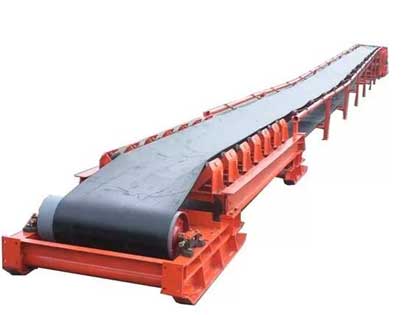
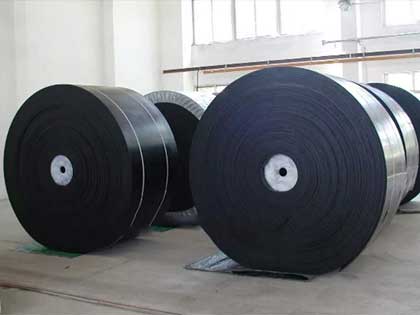
If you are interested in buying conveyor belt, please provide the following info:
| Inquiry list | |
| Belt width | |
| Fabric type of carcass | |
| Number of ply | |
| Belt thickness (mm) | |
| Cover rubber grade (Mpa) | |
| Application of belt | |
| Material to be transported | |
| Quantity needed (m) | |
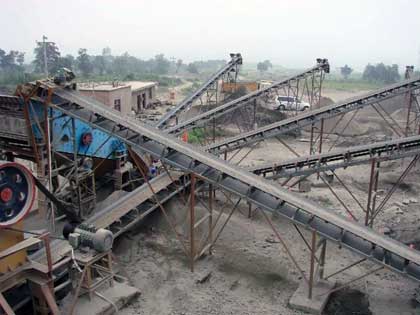
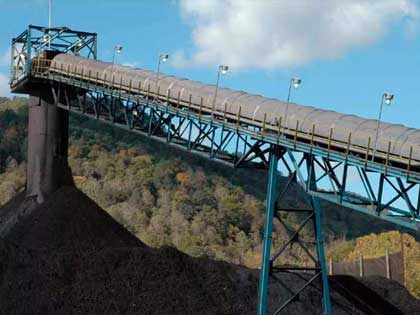
Common Conveyor Belt Specification
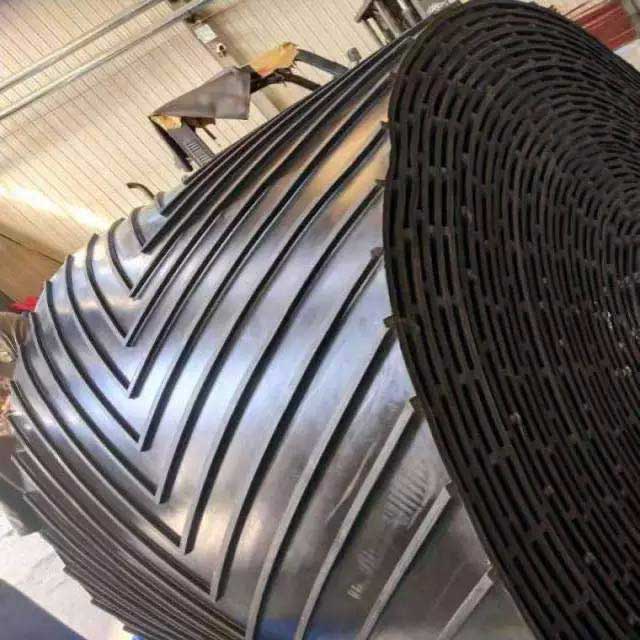
|
Name |
Fabric Type |
Thickness (mm) |
Breaking Strength | ||||
| 2 Layers | 3 Layers | 4 Layers | 5 Layers | 6 Layers | |||
|
Conveyor belts-EP |
EP100 | 1.0 | 200 | 300 | 400 | 500 | 600 |
| EP125 | 1.0 | 250 | 375 | 500 | 625 | 750 | |
| EP150 | 1.1 | 300 | 450 | 600 | 750 | 900 | |
| EP200 | 1.2 | 400 | 600 | 800 | 1000 | 1200 | |
| EP250 | 1.4 | 500 | 750 | 1000 | 1250 | 1500 | |
| EP300 | 1.6 | 600 | 900 | 1200 | 1500 | 1800 | |
| EP350 | 1.8 | 700 | 1050 | 1400 | 1750 | 2100 | |
| EP400 | 1.9 | 800 | 1200 | 1600 | 2000 | 2400 | |
| EP500 | 2.1 | 1000 | 1500 | 2000 | 2500 | 3000 | |
| EP630 | 2.4 | 1260 | 1890 | 2520 | 3150 | 3780 | |
|
Conveyor belts-NN |
NN100 | 1.0 | 200 | 300 | 400 | 500 | 600 |
| NN125 | 1.0 | 250 | 375 | 500 | 625 | 750 | |
| NN150 | 1.1 | 300 | 450 | 600 | 750 | 900 | |
| NN200 | 1.2 | 400 | 600 | 800 | 1000 | 1200 | |
| NN250 | 1.4 | 500 | 750 | 1000 | 1250 | 1500 | |
| NN300 | 1.6 | 600 | 900 | 1200 | 1500 | 1800 | |
| NN350 | 1.8 | 700 | 1050 | 1400 | 1750 | 2100 | |
| NN400 | 1.9 | 800 | 1200 | 1600 | 2000 | 2400 | |
| NN500 | 2.1 | 1000 | 1500 | 2000 | 2500 | 3000 | |
| NN630 | 2.4 | 1260 | 1890 | 2520 | 3150 | 3780 | |

